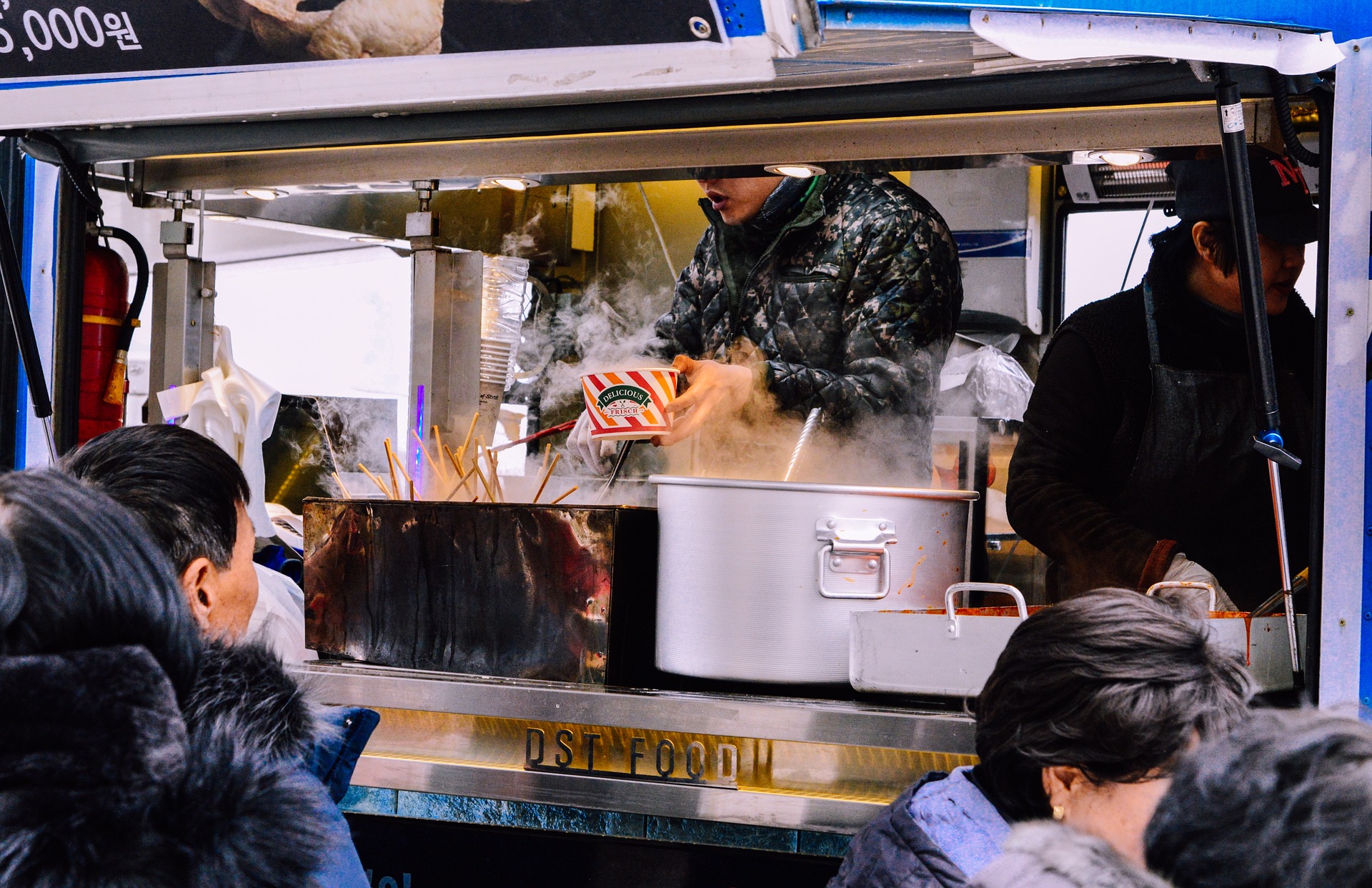How to Launch a Food Truck: Financing & Success Guide
Thinking of starting a mobile food business? This practical guide walks you through financing choices, what lenders require, and the planning steps that increase your chances of success. Learn about loans, equipment financing, crowdfunding, and how to craft a solid business plan to secure funding and grow a profitable food truck operation.

The food truck market has matured from a handful of street vendors into a vibrant segment of the restaurant world. For many entrepreneurs, trucks offer lower overhead, greater location flexibility, and a faster path to testing concepts than a brick-and-mortar restaurant. Still, turning a culinary idea into a thriving mobile business requires careful planning—especially around funding and operations.
Financing options for your food truck
There are multiple ways to raise capital for a food truck, each with distinct pros and cons. Common sources include:
- Traditional bank loans: Often the most affordable borrowing option for well-qualified applicants, but banks can be strict about credit and collateral.
- SBA (Small Business Administration) loans: Government-backed loans that can offer competitive rates and longer repayment terms, although approval takes time and documentation is extensive.
- Equipment financing: Loans or leases tied to the truck and kitchen equipment; the gear often serves as collateral, which can lower qualification barriers.
- Business credit cards: Useful for short-term cash needs and smaller purchases, but interest rates can be high if balances carry over.
- Alternative lenders: Online lenders and merchant cash advances provide faster access to funds but typically charge higher interest rates and fees.
- Crowdfunding: Platforms like Kickstarter or Indiegogo can help pre-sell products, build an audience, and raise capital without traditional debt.
Each route has different application requirements, repayment expectations, and costs—so compare offers and read fine print carefully.
Creating a business plan lenders will respect
A thoughtful business plan is your primary tool when seeking financing. Lenders and investors look for clear evidence that your food truck can generate steady revenue. Essential plan elements include:
- Market analysis: Define your target neighborhood, customer demographics, foot traffic patterns, and competitors.
- Financial projections: Provide realistic income and expense forecasts, break-even timelines, and cash flow projections.
- Operating procedures: Explain daily operations, supply chains, preparation flow, and waste management.
- Marketing strategy: Outline how you’ll attract regulars and new customers (social media, events, partnerships).
- Menu concept and pricing: Showcase your signature items, portion sizes, food costs, and margin assumptions.
- Location planning: Identify primary and secondary locations, event-circuit strategies, and contingency plans for low-traffic days.
A polished plan demonstrates seriousness and helps lenders evaluate risk.
What lenders typically require
While criteria vary, most lenders ask for similar documentation and qualifications:
- Credit history: A personal or business credit score is important—many lenders look for scores above 650.
- Business plan and financials: Ready-to-review projections, balance sheets, and profit-and-loss forecasts.
- Collateral: Equipment, the vehicle itself, or other business assets may be required to secure the loan.
- Down payment: Expect to put down 10–20% for many loan types, depending on credit and lender policies.
- Experience: Relevant foodservice or management experience strengthens your application.
- Permits and licenses: Proof that you can legally operate in chosen jurisdictions (health, parking, business licenses).
Being prepared with complete paperwork shortens approval times and improves your chances.
| Financing Type | Typical Loan Amount | Interest Rate Range | Term Length |
|---|---|---|---|
| Traditional Bank Loan | $25,000-$250,000 | 5-13% | 3-10 years |
| SBA Loan | $5,000-$500,000 | 6-8% | Up to 25 years |
| Equipment Financing | $5,000-$150,000 | 8-30% | 2-7 years |
| Alternative Lenders | $5,000-$100,000 | 10-40% | 3-36 months |
Prices, rates, or cost estimates mentioned in this article are based on the latest available information but may change over time. Independent research is advised before making financial decisions.
Keys to operating a successful food truck
Financing gets you the vehicle and equipment, but consistent profitability depends on daily execution. Focus on these priorities:
- Location strategy: Choose high-footfall areas, events, business districts, and rotate locations based on demand patterns.
- Menu engineering: Keep the menu focused, minimize ingredient overlap, and price items to cover food and overhead costs while staying competitive.
- Cost controls: Track food costs, portion sizes, labor hours, and supplier pricing; small savings compound quickly.
- Marketing and social media: Use Instagram, Facebook, and location-based posts to announce your schedule and promote specials.
- Exceptional customer service: Fast, friendly service builds repeat business—especially important in a mobile format where word-of-mouth spreads quickly.
- Equipment upkeep: Preventive maintenance reduces downtime; have a contingency plan for breakdowns during busy hours.
- Staff training: Cross-train employees on prep, POS systems, and safety procedures to maintain consistency.
- Health and safety compliance: Adhere to local health department rules, food-safety protocols, and vehicle regulations to avoid fines or closures.
With systematic planning and disciplined execution, a food truck can be a nimble and profitable entry into the foodservice industry. Explore financing options carefully, prepare strong documentation, and prioritize operations and marketing to turn a mobile food concept into a sustainable business.






